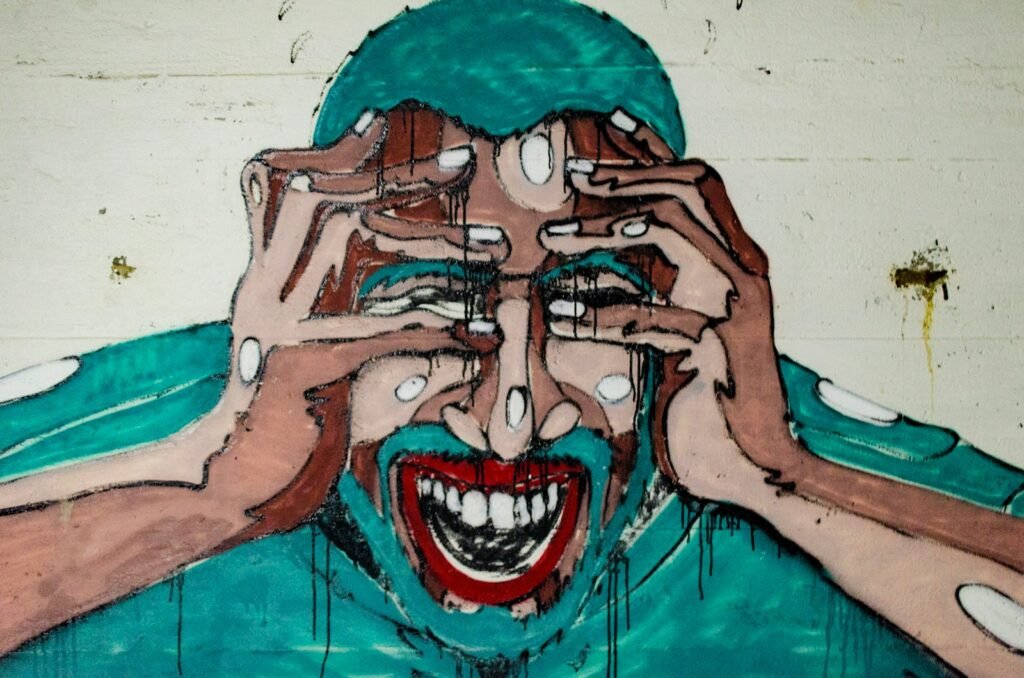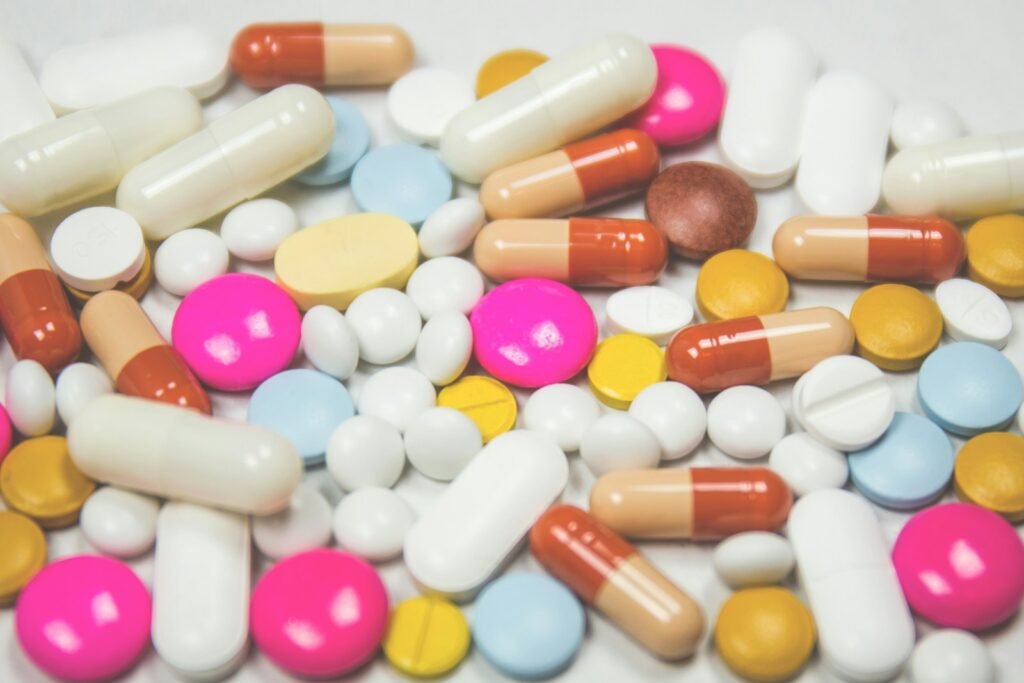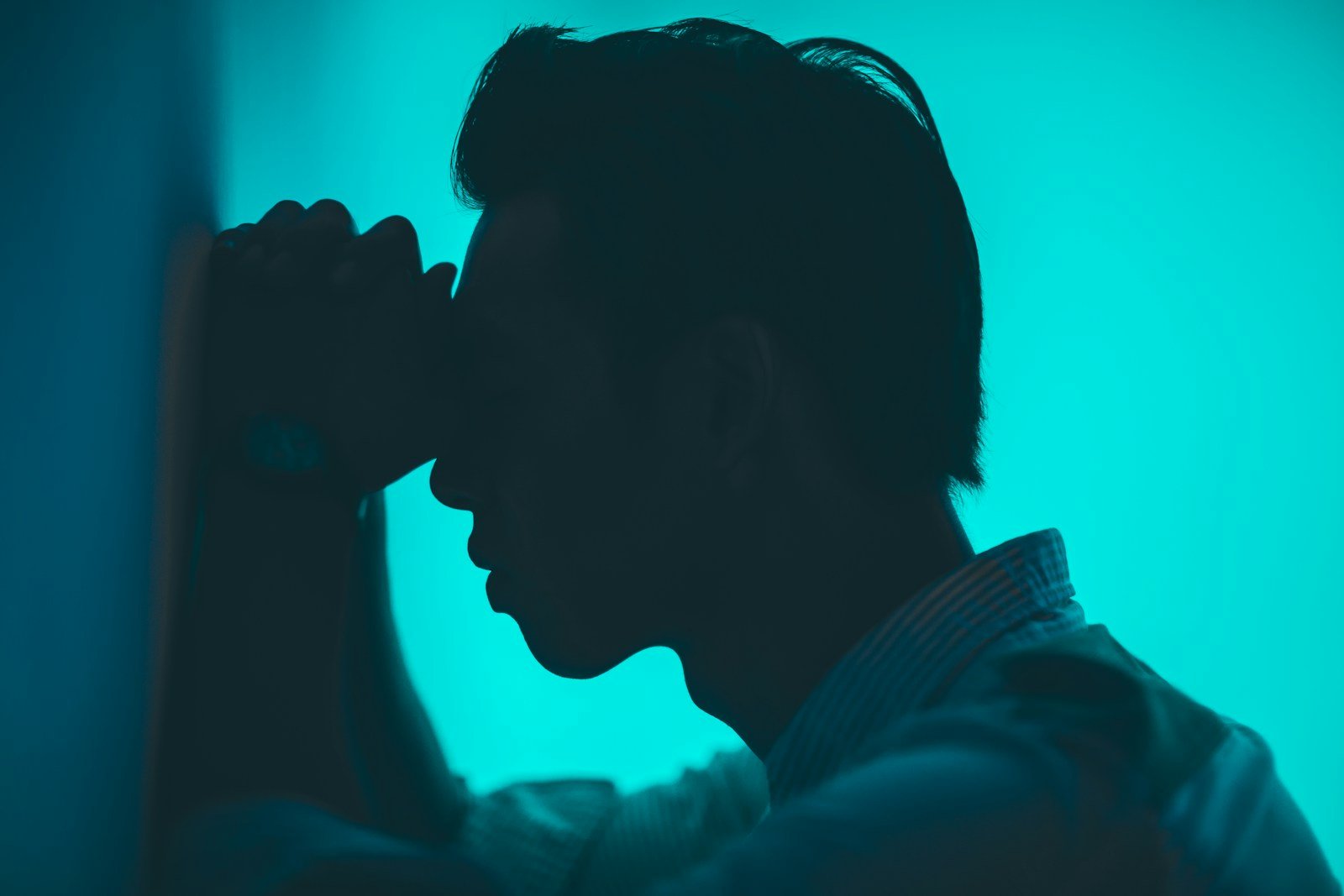Urinary Tract Infections (UTIs) are common infections that can affect any part of the urinary system, including the bladder, kidneys, ureters, and urethra. While UTIs are often associated with classic symptoms such as burning during urination or frequent urges to go, they can also cause lower back pain. In some cases, this pain can occur without a fever, leading to confusion about the underlying cause. In this article, we will explore the connection between UTIs and lower back pain, the possible causes, symptoms, and how to manage this condition effectively.
Understanding UTIs
What is a UTI?
A Urinary Tract Infection occurs when bacteria enter the urinary tract and begin to multiply. The infection can affect the bladder (cystitis) or the kidneys (pyelonephritis). While women are more prone to UTIs due to their anatomy, men can also develop these infections.
Common Causes of UTIs
UTIs are primarily caused by bacteria from the bowel. Here are some common causes:
- Bacteria Entry: The most common bacteria responsible for UTIs is Escherichia coli (E. coli). It typically enters through the urethra.
- Poor Hygiene: Inadequate personal hygiene can increase the risk of UTIs.
- Sexual Activity: Sexual intercourse can introduce bacteria into the urinary tract.
- Urinary Retention: Incomplete bladder emptying can promote bacterial growth.
Symptoms of UTI

Common symptoms of a UTI include:
- Burning sensation while urinating
- Frequent urge to urinate
- Cloudy or strong-smelling urine
- Pelvic pain
- Lower back pain (with or without fever)
In cases where lower back pain occurs without a fever, it may indicate a UTI affecting the bladder rather than the kidneys.
Lower Back Pain and UTIs

How Are They Related?
Lower back pain is not the most common symptom of a UTI, but it can occur for various reasons:
- Referred Pain: Pain from the bladder or urethra can be felt in the lower back due to the body’s nerve pathways.
- Pelvic Floor Dysfunction: A UTI can cause tension in the pelvic muscles, leading to pain that radiates to the lower back.
- Kidney Involvement: If the infection spreads to the kidneys, lower back pain may be more pronounced, even if a fever is absent.
Symptoms of UTI Lower Back Pain No Fever
When experiencing lower back pain from a UTI without fever, you might also notice the following symptoms:
- Mild to moderate pain in the lower back
- Discomfort during urination
- Frequent urination without relief
- Mild pelvic pressure or discomfort
Diagnosis of UTI and Lower Back Pain
If you suspect a UTI is causing your lower back pain, it is essential to consult a healthcare professional for proper diagnosis and treatment. The following diagnostic methods may be used:
- Urinalysis: A urine sample is tested for the presence of bacteria, white blood cells, or blood.
- Urine Culture: A specific test to identify the exact bacteria causing the infection and determine the most effective antibiotic treatment.
- Imaging Tests: In some cases, imaging tests such as an ultrasound or CT scan may be necessary to evaluate the urinary tract.
Treatment Options for UTI Lower Back Pain
1. Antibiotics
The primary treatment for a UTI is antibiotics. The type of antibiotic prescribed will depend on the bacteria identified in the urine culture. It is crucial to complete the entire course of antibiotics as prescribed by your doctor, even if symptoms improve before finishing the medication.
2. Pain Relief
While antibiotics treat the underlying infection, managing pain is also essential. Over-the-counter pain relievers such as ibuprofen or acetaminophen can help alleviate lower back pain and discomfort associated with a UTI.
3. Hydration
Staying hydrated is crucial for flushing out bacteria from the urinary tract. Drinking plenty of water helps dilute urine and promotes frequent urination, which can aid in clearing the infection more quickly.
4. Heat Therapy
Applying a heating pad or warm compress to the lower back can provide soothing relief from pain and discomfort.
5. Avoiding Irritants
During a UTI, it’s best to avoid irritants that can worsen symptoms. These may include:
- Caffeine
- Alcohol
- Spicy foods
- Artificial sweeteners
Table: Common UTI Symptoms and Their Management
| Symptom | Description | Management |
| Burning Sensation | Pain during urination | Over-the-counter pain relievers |
| Frequent Urination | Urge to urinate more often | Stay hydrated and void bladder regularly |
| Lower Back Pain | Pain in the lower back area | Heat therapy and pain relief medication |
| Cloudy Urine | Urine that appears murky | Increased fluid intake to flush the urinary tract |
| Pelvic Pressure | Discomfort in the pelvic area | Pain relievers and warm compresses |
Preventing UTIs and Lower Back Pain
1. Practice Good Hygiene
Maintaining proper hygiene is essential in preventing UTIs. Always wipe from front to back after using the bathroom, and wash your genital area regularly.
2. Stay Hydrated
Drinking plenty of fluids helps dilute urine and flush out bacteria from the urinary tract.
3. Urinate After Intercourse
Going to the bathroom after sexual activity can help clear any bacteria that may have entered the urethra.
4. Avoid Scented Products
Scented soaps, bubble baths, and feminine hygiene products can irritate the urinary tract and increase the risk of infections.
5. Wear Breathable Fabrics
Opt for cotton underwear and loose-fitting clothing to reduce moisture and promote airflow in the genital area.
Further Exploration of UTI Lower Back Pain
In the second half of this article, we will delve deeper into specific aspects of UTI-related lower back pain, including more detailed treatment options, when to seek medical help, potential complications, and long-term management strategies.
Understanding the Connection Between Lower Back Pain and UTIs
While lower back pain can occur for many reasons, its association with UTIs can sometimes lead to misdiagnosis. Here’s how to differentiate between the two:
1. Other Causes of Lower Back Pain
Lower back pain can arise from various conditions unrelated to UTIs, including:
- Muscle Strain: Lifting heavy objects or sudden movements can strain back muscles.
- Herniated Discs: Discs in the spine can bulge or rupture, causing pain that radiates down the legs.
- Skeletal Conditions: Conditions like arthritis or scoliosis can cause chronic pain.
Understanding the underlying cause of lower back pain is crucial for effective treatment.
2. Distinguishing UTI Pain from Other Sources
UTI-related back pain usually presents with additional urinary symptoms. If you experience lower back pain alongside urinary symptoms like burning, urgency, or changes in urine color, a UTI is more likely the cause.
When to Seek Medical Help
It’s important to know when to consult a healthcare professional. You should seek medical attention if you experience:
- Severe lower back pain that does not improve with home treatment.
- High fever (over 101°F or 38.3°C), chills, or other systemic symptoms.
- Blood in urine or a significant change in urine color.
- Worsening urinary symptoms despite home care.
- Persistent lower back pain that lasts for more than a few days.
Complications of Untreated UTIs
If left untreated, UTIs can lead to serious complications, especially when kidney involvement is suspected. Some potential complications include:
- Kidney Infection (Pyelonephritis): This can occur when bacteria travel from the bladder to the kidneys. Symptoms may include severe back pain, fever, and nausea.
- Sepsis: A serious condition that arises when the body’s response to infection causes injury to its tissues and organs. This requires immediate medical intervention.
- Recurrent Infections: Some individuals may experience frequent UTIs, leading to chronic discomfort and potential kidney damage.
Treatment Options for Persistent UTI Lower Back Pain
If you continue to experience lower back pain due to recurrent UTIs, additional treatments may be considered:
Previous Post: Ovulation Back Pain: Causes, Symptoms, and Relief
1. Prophylactic Antibiotics
For individuals with frequent UTIs, a doctor may prescribe low-dose antibiotics taken regularly to prevent future infections.
2. Lifestyle Modifications
Making certain lifestyle changes can help reduce the frequency of UTIs:
- Diet: Incorporate foods that promote urinary health, such as cranberries or probiotics, which may help reduce UTI risk.
- Regular Exercise: Maintaining a healthy weight and being physically active can improve overall health and reduce the risk of UTIs.
- Avoiding Irritants: As mentioned earlier, avoiding irritants like caffeine, alcohol, and spicy foods can help maintain urinary tract health.
3. Alternative Therapies
Some individuals find relief from symptoms through complementary therapies. While these should not replace medical treatment, they can be useful adjuncts. Options may include:
- Acupuncture: This traditional Chinese medicine technique may help alleviate pain.
- Chiropractic Care: Adjustments may provide relief from pain, particularly if it is musculoskeletal.
- Physical Therapy: A physical therapist can guide you through exercises designed to strengthen the pelvic floor and lower back muscles, reducing pain and preventing future issues.
Long-Term Management Strategies
Managing lower back pain related to UTIs requires a holistic approach. Consider the following strategies:
1. Regular Check-Ups
Having regular medical check-ups can help catch any recurrent infections early. Your doctor may monitor your urinary health and adjust treatments as necessary.
2. Education
Being informed about your condition can empower you to make better health decisions. Learn about the signs and symptoms of UTIs and understand how to manage your health effectively.
3. Support Groups
Connecting with others who experience similar health challenges can provide emotional support and shared strategies for coping with chronic pain or recurrent infections.
Conclusion
Experiencing lower back pain without fever in connection to a UTI can be troubling, but understanding the relationship between these conditions can lead to effective management. Timely diagnosis, appropriate treatment, and proactive lifestyle changes can help minimize discomfort and prevent future occurrences.
Remember, while antibiotics are the mainstay for treating UTIs, managing lower back pain involves a comprehensive approach that addresses both the symptoms and the underlying cause of your discomfort. Always consult with a healthcare professional for tailored advice and treatment options.
For further reading on urinary tract infections, consider visiting reputable medical resources such as the National Institute of Diabetes and Digestive and Kidney Diseases (NIDDK) and the American Urological Association (AUA).
Additional Resources
- Understanding UTIs: CDC – Urinary Tract Infection (UTI) – Symptoms & Diagnosis
- Health Guidance: Mayo Clinic – Urinary Tract Infection (UTI)
- Patient Education: Urology Care Foundation – UTI
By understanding and addressing the connection between UTIs and lower back pain, you can take steps toward better urinary and overall health.




